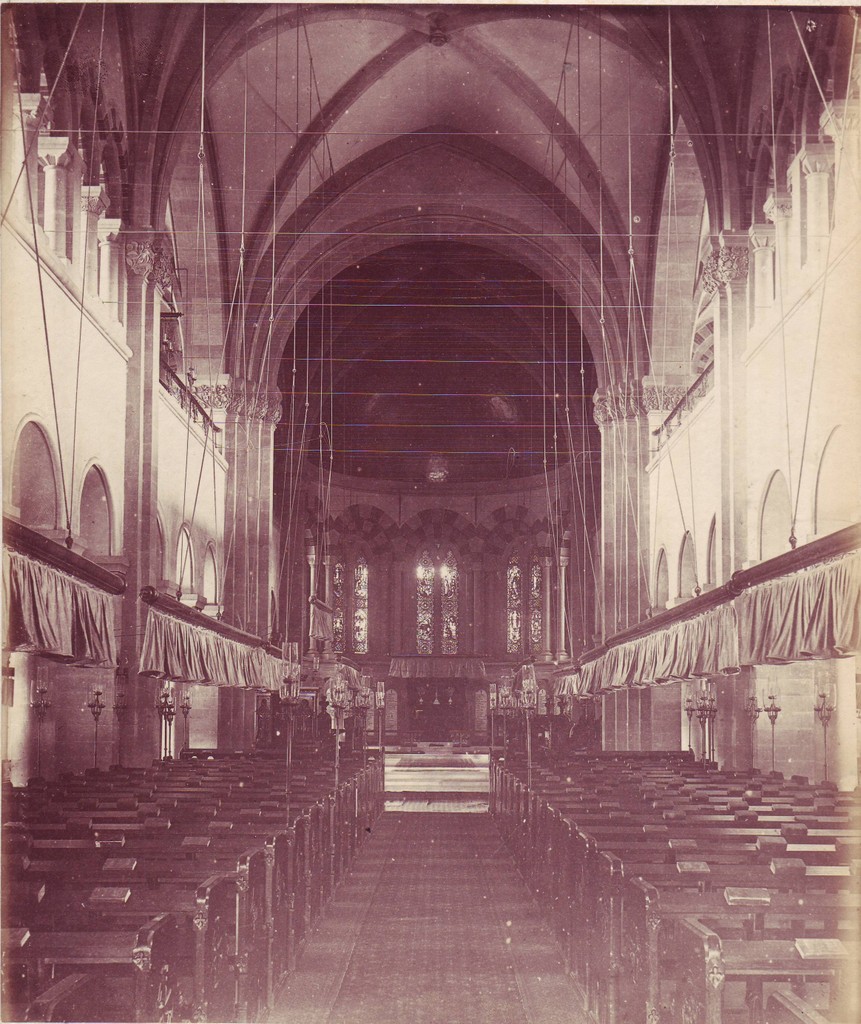punkawallah on:
[Wikipedia]
[Google]
[Amazon]
 A punkah, also pankha (,
A punkah, also pankha (,
File:French Indochina courtroom with ceiling punkah.jpg, French Indochina courtroom equipped with punkah fans
Image:Melrose-natchez-2.jpg, A punkah in an antebellum house in Natchez, Mississippi
Image:Punkahfans.jpg, Decorative punkah fans at a hotel in Abu Dhabi (UAE)
 A punkah, also pankha (,
A punkah, also pankha (, Hindi
Modern Standard Hindi (, ), commonly referred to as Hindi, is the Standard language, standardised variety of the Hindustani language written in the Devanagari script. It is an official language of India, official language of the Government ...
: , ), is a type of fan used since the early 6th century BC. The word ''pankha'' originated from ''pankh'', the wings of a bird which produce a current of air when flapped.
History
In its original sense in theIndian subcontinent
The Indian subcontinent is a physiographic region of Asia below the Himalayas which projects into the Indian Ocean between the Bay of Bengal to the east and the Arabian Sea to the west. It is now divided between Bangladesh, India, and Pakista ...
, ''pankha'' (a Hindi
Modern Standard Hindi (, ), commonly referred to as Hindi, is the Standard language, standardised variety of the Hindustani language written in the Devanagari script. It is an official language of India, official language of the Government ...
word) typically describes a handheld fan made from a single frond of palm or a woven square of bamboo
Bamboos are a diverse group of mostly evergreen perennial plant, perennial flowering plants making up the subfamily (biology), subfamily Bambusoideae of the grass family Poaceae. Giant bamboos are the largest members of the grass family, in th ...
strips, rattan
Rattan, also spelled ratan (from Malay language, Malay: ''rotan''), is the name for roughly 600 species of Old World climbing palms belonging to subfamily Calamoideae. The greatest diversity of rattan palm species and genera are in the clos ...
or other plant fibre, that can be rotated or fanned. These small handheld devices are still used by millions when ceiling fans stop working during frequent power outages.
In the colonial age, the word came to be used in British India
The provinces of India, earlier presidencies of British India and still earlier, presidency towns, were the administrative divisions of British governance in South Asia. Collectively, they have been called British India. In one form or another ...
and elsewhere in the tropical and subtropical world for a large swinging fan, fixed to the ceiling, pulled by a punkah wallah during hot weather. To cover a larger area, such as the inside of an office or a courthouse, a number of punkahs could be connected together by strings so that they would swing in unison. The material used could range from utilitarian rattan to expensive fabrics. The date of this invention is not known, but it was familiar to the Arabs as early as the 8th century. It was not commonly used in India before the end of the 18th century.
The electric fan largely supplanted it in barracks and other large buildings at the beginning of the 20th century.
Legacy
The term punkah louvre refers to the directional outlet for cool air in aircraft, particularly those over the passenger seats. In India, the punkhawallah or pankha wallah was the servant who operated the fan, often using a pulley system.See also
* Coolie * List of obsolete occupationsReferences
* {{Reflist Cooling technology Ventilation fans